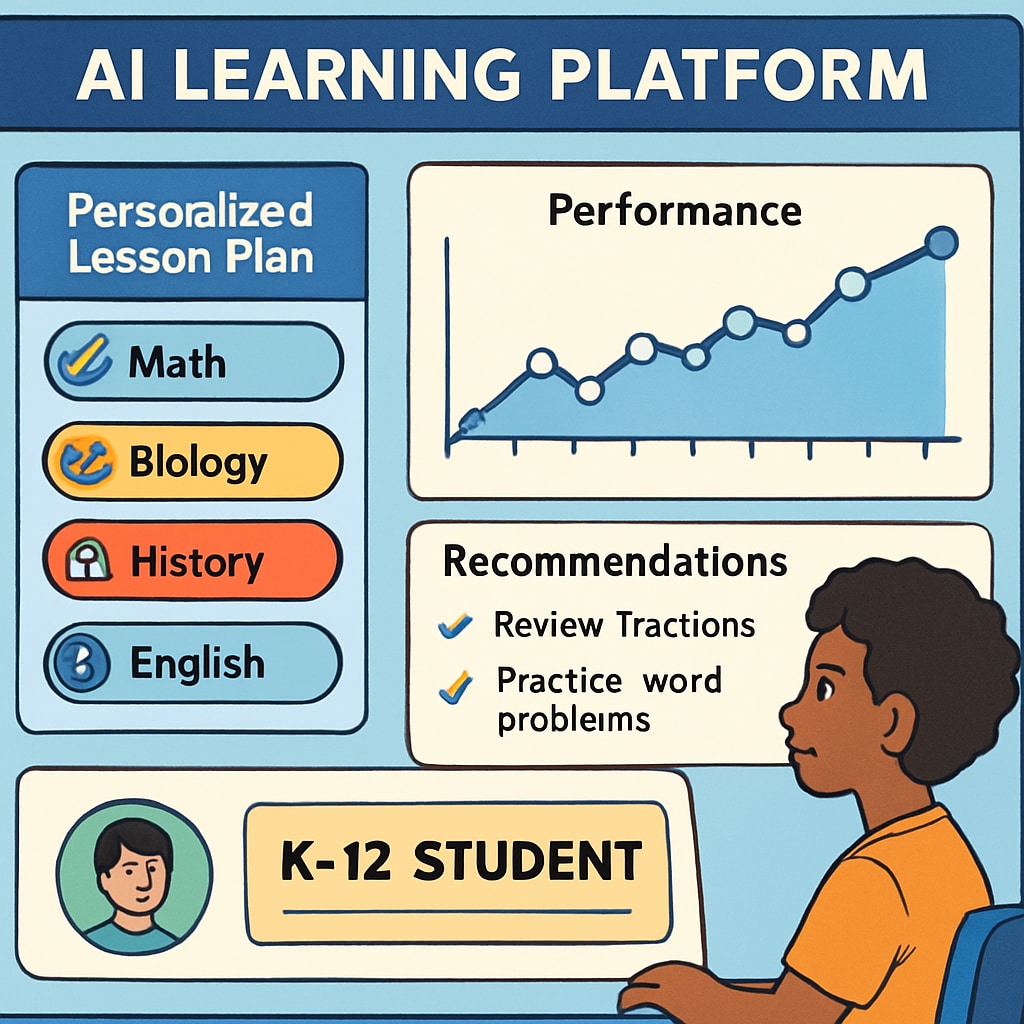Artificial intelligence (AI), education trends, and technology are transforming the global education landscape at an unprecedented pace. From K-12 to higher education, AI applications have evolved from experimental tools to essential resources for classrooms. As schools and educators worldwide embrace this transformation, it is crucial to understand how AI is redefining the learning experience and what it means for the future of education.
How AI is Enhancing K-12 Education
In recent years, AI has become a powerful ally for educators, offering personalized learning experiences, automated administrative tasks, and advanced data analysis. For example, adaptive learning platforms use AI algorithms to tailor lesson plans based on individual student needs, ensuring every learner can progress at their own pace. Similarly, AI-powered tools like virtual tutors and chatbots provide instant feedback, helping students grasp complex concepts more effectively.
- Personalized learning: Tools like AI-driven platforms analyze student performance and customize educational content.
- Efficiency for educators: Automation of grading and administrative tasks saves time and allows teachers to focus on instruction.
- Enhanced accessibility: AI tools provide support for students with disabilities, such as speech recognition and translation features.

Challenges and Opportunities in AI-Powered Classrooms
While AI presents tremendous opportunities, it also introduces challenges that educators and institutions must address. Privacy concerns, data security, and the ethical use of AI are critical issues requiring careful consideration. Moreover, the need for teacher training and infrastructure investment poses barriers to widespread adoption. However, when implemented thoughtfully, AI can bridge gaps in education and drive innovation.
Key opportunities include:
- Closing education gaps: AI enables access to quality resources for underserved communities.
- Global collaboration: AI-powered platforms connect classrooms worldwide, fostering cultural exchange and collaboration.
- Future-ready skills: Integrating AI into education prepares students for careers in emerging fields like robotics and machine learning.

Preparing for the AI Education Revolution
To successfully integrate AI into K-12 classrooms, educators and policymakers must prioritize adaptation and collaboration. Teachers need training programs to understand and utilize AI tools effectively. Institutions must invest in robust infrastructure to support AI technologies while ensuring equitable access for all students. Additionally, fostering partnerships between tech companies and educational organizations can accelerate innovation and provide critical support.
As a result, schools that embrace AI-driven solutions will not only enhance learning outcomes but also cultivate a generation of technologically literate citizens prepared for the challenges of the future.
Readability guidance: Use concise paragraphs, bullet points to summarize key ideas, and a balance between academic and accessible language. Avoid jargon and maintain a structured flow that supports clear understanding.


